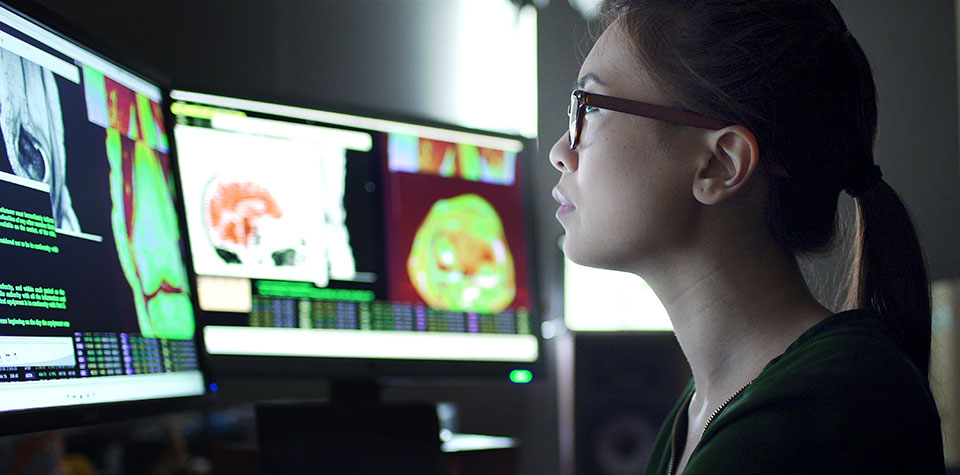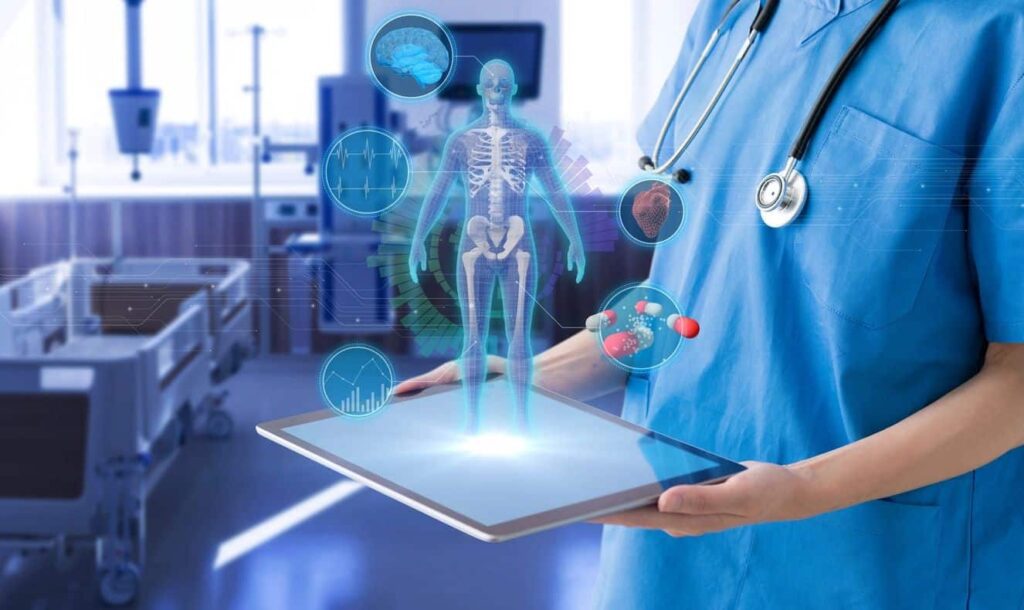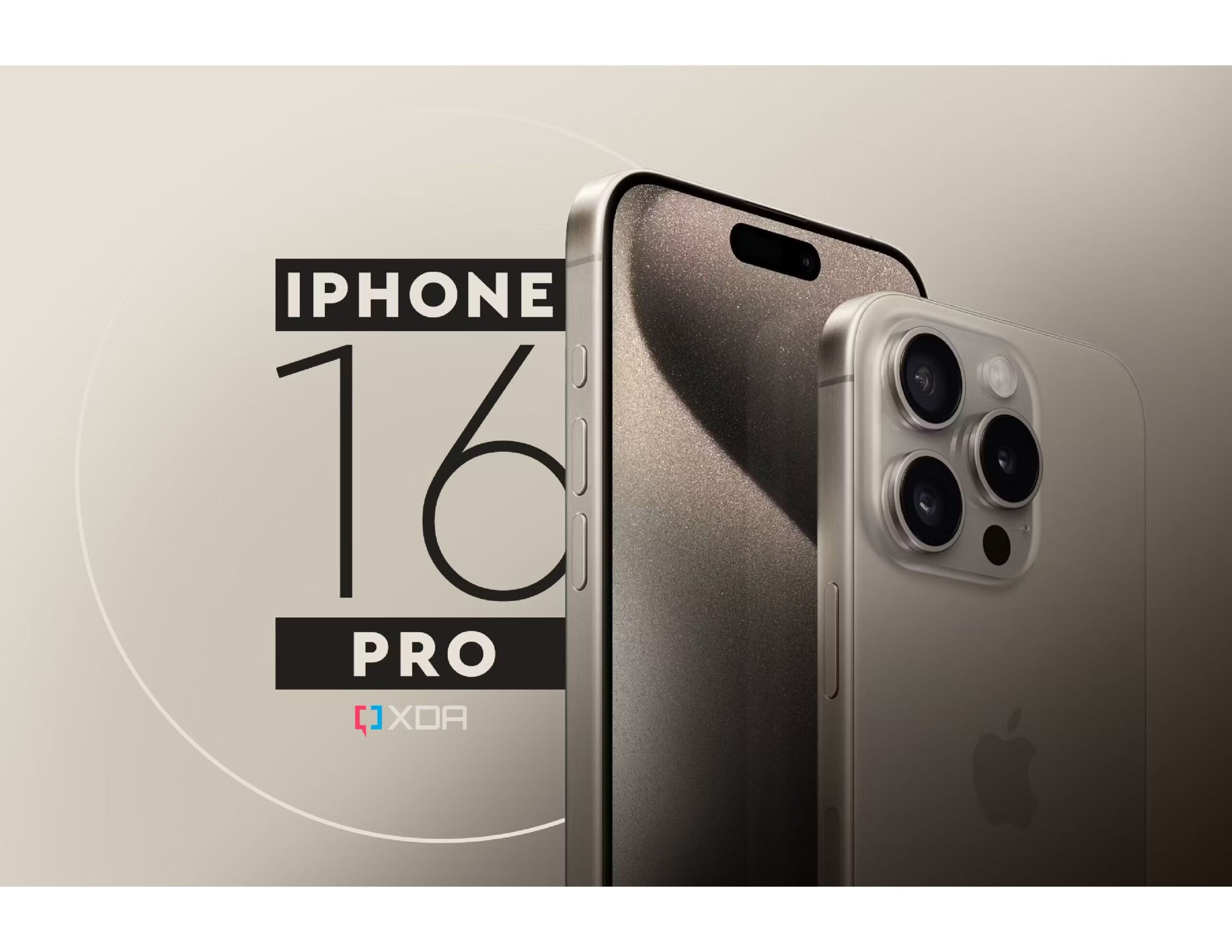
In an era characterized by rapid technological advancements, the healthcare industry stands at the forefront of innovation, driven by the transformative power of Health Information Technology (HIT). From electronic health records (EHRs) to telemedicine and artificial intelligence (AI), HIT has revolutionized how healthcare is delivered, managed, and optimized. In this comprehensive article, we explore the multifaceted role of HIT in modern healthcare, examining its impact on patient care, clinical workflows, population health, and beyond.
Understanding Health Information Technology (HIT): Foundations and Evolution
Before delving into its role in healthcare, let’s first define Health Information Technology and trace its evolution over time:
· Definition of Health Information Technology
Health Information Technology (HIT) uses digital tools, systems, and applications to securely manage and exchange health information. HIT encompasses a wide range of technologies, including electronic health records (EHRs), health information exchange (HIE), telemedicine, mobile health (mHealth), clinical decision support systems (CDSS), and healthcare analytics.
· Evolution of Health Information Technology
The evolution of Health Information Technology can be traced back to the early adoption of electronic medical records (EMRs) in the 1960s. Since then, HIT has undergone significant advancements and innovations driven by technological progress, regulatory mandates, and the growing demand for healthcare efficiency and quality. Today, HIT plays a central role in modern healthcare delivery, enabling seamless communication, collaboration, and data-driven decision-making across the healthcare continuum.
Enhancing Patient Care: The Impact of Health Information Technology
One of the primary objectives of Health Information Technology is to improve patient care and outcomes through the efficient management and utilization of health information. Here’s how HIT enhances patient care:
· Electronic Health Records (EHRs)
Electronic Health Records (EHRs) is a central repository of patient health information, including medical history, diagnoses, medications, allergies, and lab results. By digitizing and consolidating patient records, EHRs facilitate comprehensive and coordinated care delivery, enabling healthcare providers to access relevant information quickly and make informed clinical decisions. EHRs also support patient engagement and empowerment through features such as online portals, appointment scheduling, and secure messaging.
· Telemedicine and Remote Monitoring
Telemedicine leverages HIT to deliver remote healthcare services, including virtual consultations, telemonitoring, and remote patient monitoring. By leveraging video conferencing, mobile apps, and wearable devices, telemedicine enables healthcare providers to reach patients in remote or underserved areas, monitor chronic conditions, and deliver timely interventions. Telemedicine enhances access to care, reduces healthcare disparities, and improves patient convenience and satisfaction.
· Clinical Decision Support Systems (CDSS)
Clinical Decision Support Systems (CDSS) use HIT to provide healthcare providers with evidence-based guidelines, alerts, and recommendations at the point of care. By analyzing patient data, medical literature, and best practices, CDSS assists clinicians in diagnosing conditions, selecting appropriate treatments, and preventing medical errors. CDSS improves clinical decision-making, enhances patient safety, and reduces healthcare costs by promoting adherence to clinical guidelines and standards of care.
· Population Health Management
Health Information Technology plays a crucial role in population health management, which focuses on improving the health outcomes of entire populations. HIT enables healthcare organizations to collect, analyze, and interpret data from disparate sources to identify health trends, risk factors, and gaps in care. By leveraging predictive analytics, population health management tools help healthcare providers identify high-risk patients, prioritize interventions, and implement targeted population health strategies to prevent disease, reduce hospitalizations, and improve outcomes.
Optimizing Clinical Workflows: Streamlining Operations with Health Information Technology
In addition to enhancing patient care, Health Information Technology streamlines clinical workflows and optimizes healthcare operations. Here’s how HIT improves efficiency and productivity in healthcare settings:
· Electronic Documentation and Workflow Automation
Health Information Technology automates manual processes and streamlines clinical workflows through electronic documentation, order entry, and task management. By replacing paper-based documentation with digital records and automated workflows, HIT reduces administrative burden, minimizes errors, and improves efficiency in healthcare delivery. For example, electronic prescribing (e-prescribing) systems enable healthcare providers to electronically transmit prescriptions to pharmacies, enhancing medication safety and adherence.
· Interoperability and Health Information Exchange (HIE)
Interoperability is a key tenet of Health Information Technology, enabling seamless communication and data exchange between disparate systems and healthcare stakeholders. Health Information Exchange (HIE) platforms facilitate the secure sharing of patient information across healthcare organizations, including hospitals, clinics, pharmacies, and laboratories. Interoperability improves care coordination, facilitates care transitions, and enables healthcare providers to access comprehensive patient records regardless of location or healthcare setting.
· Telehealth and Virtual Care Platforms
Telehealth and virtual care platforms leverage HIT to deliver remote healthcare services, including telemedicine consultations, virtual visits, and remote monitoring. These platforms integrate with existing EHR systems and clinical workflows, enabling healthcare providers to deliver care remotely while maintaining continuity and care coordination. Telehealth platforms improve access to care, reduce wait times, and optimize resource utilization by allowing providers to see patients more efficiently and effectively.
· Data Analytics and Performance Improvement
Health Information Technology harnesses the power of data analytics to drive performance improvement initiatives and quality assurance programs in healthcare organizations. By aggregating and analyzing clinical, operational, and financial data, HIT enables healthcare leaders to identify areas for improvement, monitor key performance indicators, and implement evidence-based interventions to enhance quality, safety, and efficiency. Data analytics also supports population health management initiatives by identifying at-risk populations, tracking health outcomes, and measuring the impact of interventions over time.
Ensuring Security and Privacy: Safeguarding Health Information in the Digital Age
As healthcare becomes increasingly digitized, ensuring the security and privacy of health information is paramount. Health Information Technology employs robust security measures and privacy safeguards to protect sensitive patient data from unauthorized access, breaches, and cyber threats. Here’s how HIT ensures security and privacy in healthcare:
· Data Encryption and Access Controls
Health Information Technology employs encryption techniques and access controls to secure health information and prevent unauthorized access. Data encryption scrambles sensitive information into unreadable code, ensuring only authorized users with the appropriate encryption keys can decipher it. Access controls restrict user access to health information based on role-based permissions, ensuring only authorized individuals can view, modify, or transmit patient data.
· Secure Messaging and Communication Platforms
Health Information Technology provides secure messaging and communication platforms for exchanging sensitive health information among healthcare providers, patients, and other stakeholders. Secure messaging platforms employ encryption and authentication mechanisms to protect the confidentiality and integrity of messages, ensuring that patient information remains private and secure during transmission. These platforms enable secure collaboration, care coordination, and patient engagement while mitigating the risks associated with unsecured communication channels such as email or traditional mail.
· Compliance with Regulatory Standards
Health Information Technology ensures compliance with regulatory standards and industry best practices for safeguarding health information. HIT systems adhere to regulations such as the Health Insurance Portability and Accountability Act (HIPAA), which sets standards for the privacy and security of protected health information (PHI). HIT vendors undergo rigorous certification processes to demonstrate compliance with HIPAA and other regulatory requirements, providing healthcare organizations with assurance that their systems meet stringent security and privacy standards.
· Continuous Monitoring and Threat Detection
Health Information Technology employs continuous monitoring and threat detection mechanisms to identify and mitigate security threats in real-time. Intrusion detection systems (IDS), firewalls, and security information and event management (SIEM) tools monitor network traffic, detect suspicious activity, and alert system administrators to potential security incidents. HIT vendors stay abreast of emerging threats and vulnerabilities, regularly updating their systems and implementing patches to address security vulnerabilities and ensure ongoing protection of health information.
Empowering Healthcare Transformation with Health Information Technology
Health Information Technology (HIT) is pivotal in advancing healthcare delivery, improving patient outcomes, and optimizing clinical workflows. From electronic health records (EHRs) to telemedicine, data analytics, and security measures, HIT encompasses diverse tools and technologies that empower healthcare organizations to deliver high-quality, patient-centered care in the digital age. By harnessing the power of HIT, healthcare providers can enhance care coordination, streamline operations, and drive continuous improvement in healthcare delivery. As HIT continues to evolve and innovate, its impact on healthcare transformation will only grow, paving the way for a future where technology and compassion converge to improve the health and well-being of individuals and communities worldwide.




We noticed you utilize a contact form on your website. We’re excited to introduce you to Task Wave GPT, an exceptional tool designed to seamlessly integrate with any system, enhancing your business operations. Our system offers an array of impressive features, including:
Precise replies to inquiries and questions
Seamless meeting scheduling
Timely invites and reminders
Follow-ups on no-shows
Effective spam filtering
Automatic CRM updates
Detailed pre-meeting client briefs
Our tool is now integrated into our email and contact form on our website. We invite you to explore and examine our capabilities firsthand. We are confident you will be impressed by what Task Wave GPT can offer. Additionally, we provide tailor-made AI integrations to suit your specific business needs.
To see Task Wave GPT in action, simply send us a message via our contact form : taskwavegpt.com or email: tryme@taskwavegpt.com
Our AI automation will respond promptly, giving you a live demo of our capabilities.
Let’s work together to customize AI integrations that will benefit your business in every conceivable way.
Looking forward to collaborating with you!
It’s a pleasure to meet you,
We are offering you the opportunity to provide us with a cost estimate for the product specified below:
1.iPhone 13 Pro Max ……………………………………… 72 PCS
Payment : Net15.
As this is an urgent request, we kindly ask that you provide us with your response as soon as possible. We look forward to hearing from you soon.
Thank you for your time and consideration.
Sincerely
Dear Sir,
We would appreciate it if you could get back to us with the cost for the items listed as soon as possible
1.iPhone 13 Pro Max ……………………………………… 72 PCS
Payment Condition : Net15.
We hope that you can provide us with a detailed cost estimate as soon as possible, so we can finalise our purchase order and get the product delivered on time. Your response is highly appreciated.
Thanks and Regards
Hello,
for your website do be displayed in searches your domain needs to be indexed in the Google Search Index.
To add your domain to Google Search Index now, please visit
https://www.domain-submit.org/
Hi Techznea,
Are you ready to dive into a revolutionary way of earning passive income? Introducing Auto-Affiliate AI – the only automated affiliate system that can generate $5,000/week without sales funnels, email marketing, or advertising.
=>>> https://auto-affiliate-ai.blogspot.com
Zero technical skills required.
Run your business in just 2 hours per week.
All traffic comes from free sources.
I’ve taken the fastest, most beginner-friendly commission strategy and trained a ChatGPT system to implement it all for you. Imagine earning money while you sleep, with everything handled by AI!
Curious to see how it works? Click here to watch a live demo.
=>>> https://auto-affiliate-ai.blogspot.com
Don’t miss out on this chance to transform your financial future!
Best,
[Roseanna Rousseau]
Hi Techznea,
Are you ready to dive into a revolutionary way of earning passive income? Introducing Auto-Affiliate AI – the only automated affiliate system that can generate $5,000/week without sales funnels, email marketing, or advertising.
=>>> https://auto-affiliate-ai.blogspot.com
Zero technical skills required.
Run your business in just 2 hours per week.
All traffic comes from free sources.
I’ve taken the fastest, most beginner-friendly commission strategy and trained a ChatGPT system to implement it all for you. Imagine earning money while you sleep, with everything handled by AI!
Curious to see how it works? Click here to watch a live demo.
=>>> https://auto-affiliate-ai.blogspot.com
Don’t miss out on this chance to transform your financial future!
Best,
[Laurinda Broome]
Hi,
Are you ready to experience a revolution in your business? Meet Jasper AI – the ultimate tool that’s transforming the way millions of businesses boost their website traffic and skyrocket their sales!
Here’s How Jasper AI Can Work Wonders for You:
1. 700% Keyword Growth: Jasper AI has helped businesses achieve up to 700% growth in their website keywords, making them more visible to potential customers.
2. 3x More Traffic: Businesses using Jasper AI have seen up to a 300% increase in website traffic, driving more potential customers to their sites.
3. $10,000+ Monthly Sales Boost: Many businesses have reported monthly sales increases of over $10,000 thanks to the optimized content and targeted marketing strategies powered by Jasper AI.
4. $5,000 Savings on Marketing Costs: By automating and optimizing your content creation, you can save up to $5,000 in monthly marketing expenses.
But don’t just take our word for it – see the impact for yourself!
Businesses around the world are already seeing phenomenal results:
• Increased Website Traffic: Our users have reported substantial increases in their website traffic within weeks of using Jasper AI.
• Higher Conversion Rates: With more targeted and optimized content, businesses are seeing a significant rise in their conversion rates and sales.
• Scalability and Growth: Whether you’re a small startup or a large enterprise, Jasper AI scales with your business, ensuring continuous growth and success.
Ready to Transform Your Business?
Don’t miss out on the opportunity to take your business to new heights. Click the link below to get started with Jasper AI today and join the ranks of the millions of successful businesses already benefiting from this game-changing tool.
Start Your Free Trial Now!
https://jasper.gr-site.com
**Subject: Request for Product Estimate**
Attention: Sales/Accounts Team,
We would like to request a formal estimate for the following products:
* Honeywell Mk71120 Orbit Omni Directional Laser Barcode Scanner: 112 units
We request that the payment terms be Net30.
Please provide us with the following information in your estimate:
* Unit price per
* Total cost of the order
* Estimated delivery time
We appreciate your prompt attention to this request. We look forward to receiving your estimate soon.
Thank you,
Subject: Request for Items
Dear
We hope this message finds you well.
We would like to inquire if your business can provide any of the following items:
**Honeywell Mk71120 Orbit Omni Directional Laser Barcode Scanner**
**Quantity:** 112
We would appreciate it if you could let us know if you are able to fulfill this order. We offer Net30 payment terms for your convenience.
We eagerly await your response.
Thank you for your attention to this matter.
Sincerely,
Hi Techznea,
Turn Your Ideas Into Professional Content – Instantly!
Imagine creating stunning videos with lifelike AI avatars and voiceovers without hiring expensive studios or spending days in production.
=>> https://synthesys-ai.blogspot.com/
With Synthesys, you can:
Generate mesmerizing AI videos in minutes.
Clone voices and personalize content at scale.
Create breathtaking AI images and avatars effortlessly.
Ready to transform your content creation?
=>> https://synthesys-ai.blogspot.com/
[Get Started Now]
P.S. Don’t miss out on the future of content – it’s one click away.
To your success,
[Cindi Lemons]